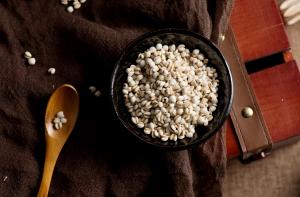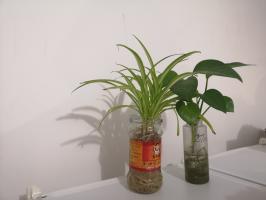Introduction:
Tomatoes are one of the most commonly found fruits in the modern world. They are widely used in cooking and consumed as a staple food item in many parts of the world. Hybrid tomatoes are popular among gardeners and farmers because they offer various benefits like disease resistance, better yield, and uniformity in shape and size. In this article, we will explore what happens if you plant hybrid tomato seeds, and the benefits and drawbacks of doing so.
What Are Hybrid Tomato Seeds?
Hybrid tomato seeds are a result of crossing two or more different varieties of tomato plants. The idea is to create a tomato plant that has the most desirable traits of each parent plant. Hybrid tomatoes are bred for uniform size, color, flavor, and resistance to diseases and pests. These seeds do not come true to type, which means that the new plant grown from hybrid seeds will not necessarily have the same traits as its parent plant.
Benefits of Planting Hybrid Tomato Seeds
One of the biggest benefits of planting hybrid tomato seeds is that they are more resistant to diseases and pests. This means that the plant is more likely to produce a better yield and have a higher chance of survival. Hybrid tomato plants also produce fruits that are uniform in size, which makes it easier to harvest and package them. Lastly, hybrid tomatoes also have a longer shelf life which is beneficial for those who want to sell them commercially.
Drawbacks of Planting Hybrid Tomato Seeds
One of the main drawbacks of planting hybrid tomato seeds is that they do not come true to type. This means that the plant that grows from the hybrid seed will not be the same as its parent plant. This can be a problem for farmers who want to grow tomatoes with specific traits. Also, hybrid tomato seeds are more expensive than non-hybrid seeds. Finally, because hybrid tomatoes are bred for their traits, they may not have the same flavor as heirloom tomatoes or other non-hybrid varieties.
How to Plant Hybrid Tomato Seeds
Planting hybrid tomato seeds is very similar to planting non-hybrid seeds. The soil needs to be prepared with organic matter and nutrients to aid growth. Plant the seeds in a hole that is at least ? inch deep and cover the hole with soil. Water the soil lightly and cover it with a plastic sheet. Keep the soil moist and the temperature between 70 to 80 degrees Fahrenheit until the seeds germinate. The seedlings should be transplanted to a bigger pot or outside when they have their first set of true leaves.
Conclusion
Hybrid tomato seeds offer various benefits like disease resistance, higher yield, and uniformity but there are also drawbacks such as their cost and the fact that the plants may not have the same traits as their parent plant. However, for farmers and gardeners who are looking to grow tomatoes with specific traits or to sell them commercially, hybrid tomato seeds may be the way to go. Planting hybrid tomato seeds require a bit of knowledge and care, as with any type of seed, but once grown, hybrid tomatoes can supply a healthy and delicious addition to any meal.

 how many times do yo...
how many times do yo... how many planted tre...
how many planted tre... how many pine trees ...
how many pine trees ... how many pecan trees...
how many pecan trees... how many plants comp...
how many plants comp... how many plants can ...
how many plants can ... how many plants and ...
how many plants and ... how many pepper plan...
how many pepper plan...

































